

Moissanite vs. Cubic Zirconia: Top Diamond Alternatives

Did you know that over 80% of millennials choose lab-grown gems like Moissanite and Cubic Zirconia instead of natural diamonds for their engagement rings? This shift shows a growing preference for jewelry that is ethical, sustainable, and affordable. So, what makes these diamond alternatives so attractive?
Let’s explore why Moissanite and Cubic Zirconia are becoming the top choices for many people. From their brilliant sparkle to their lower cost, these gems offer many benefits that modern buyers love.
Table Of Content⮟
- Differences: Diamonds, Cubic Zirconia, and Moissanite
- Moissanite vs. Cubic Zirconia Comparing
- Moissanite vs. Cubic Zirconia Diamond Alternatives
- Moissanite vs. Cubic Zirconia Economic Factors
- Manufacturing of Moissanite and Cubic Zirconia
- Moissanite and Cubic Zirconia Origins and Historical
- Pros and Cons of Moissanite and Cubic Zirconia
- Conclusion: Moissanite and Cubic Zirconia
- FAQs: Moissanite vs. Cubic Zirconia
Moissanite is a man-made gemstone made from silicon carbide. It was first found in a meteorite crater in 1893, giving it a unique space-related origin. Today, Moissanite is created in labs and is known for its incredible sparkle and shine, making it a popular choice for beautiful jewelry. Its high hardness, just below that of diamonds, makes it very durable.
Cubic Zirconia, also a man-made gemstone, is made from zirconium dioxide. It has been a popular diamond alternative since the 1970s. While it looks similar to diamonds, it is not as tough as Moissanite. However, Cubic Zirconia is more affordable and comes in many colors, making it a great choice for those on a budget.
Understanding the Differences Diamonds, Cubic Zirconia, and Moissanite

Choosing the right diamond for your jewelry can be easier when you understand the differences between diamonds, cubic zirconia, and moissanite. Each of these diamonds has unique qualities that make them special.
-
Diamonds
Diamonds are formed deep within the Earth under extreme heat and pressure. This process gives them their incredible hardness and sparkle. Diamonds are famous for their brilliance and are often used in engagement rings to symbolize love and commitment. Their natural beauty and durability make them a timeless choice.
-
Cubic Zirconia
Cubic zirconia is a man-made gemstone created from zirconium dioxide. It looks similar to a diamond but is much more affordable. Cubic zirconia has been a popular diamond alternative since the 1970s. While it’s not as hard as a diamond and can scratch more easily, its low cost and variety of colors make it a great choice for many people.
-
The Brilliance of Moissanite
Moissanite was discovered in a meteorite crater in 1893. Today, it is made in labs and is known for its exceptional sparkle, even more than diamonds. Moissanite is very hard, making it durable and perfect for daily wear. It’s also an ethical and environmentally friendly option because it’s lab-created.
Comparing the Diamond, Cubic Zirconia, and Moissanite
- Diamonds: Natural, very durable, brilliant sparkle, and a symbol of lasting love.
- Cubic Zirconia: Affordable, looks like a diamond, less durable, and comes in many colors.
- Moissanite: Extremely brilliant, durable, ethical, and eco-friendly, with more sparkle than diamonds.
Each diamond has its unique charm and advantages. Whether you choose the classic beauty of diamonds, the budget-friendly cubic zirconia, or the stunning brilliance of moissanite, you’ll find the perfect gem for your jewelry needs.
Moissanite vs. Cubic Zirconia Comparing Physical Characteristics
![[Moissanite vs. Cubic Zirconia: Comparing Physical Characteristics - Detailed comparison of hardness, color, clarity, and refractive index between Moissanite and Cubic Zirconia]-[ouros jewels]](https://cdn.shopify.com/s/files/1/0527/7669/8040/files/Moissanite_vs_Cubic_Zirconic_Comparing_Physical_Characteristics_1024x1024.webp?v=1720250972)
When it comes to diamond alternatives, Moissanite and Cubic Zirconia are popular choices. Each offers unique features that make them attractive options for different reasons. Let’s look at their key physical characteristics.
-
Moissanite Vs. Cubic Zirconia Hardness
Moissanite is known for its high hardness, scoring 9.25 on the Mohs scale. This makes it very resistant to scratches and suitable for daily wear. Cubic Zirconia, with a hardness of 8, is less durable and more prone to scratches over time.
-
Moissanite Vs. Cubic Zirconia Color
Moissanite color ranges from near-colorless to slightly yellow or gray. High-quality Moissanite can look almost completely colorless, while lower-quality stones may show more noticeable color. Cubic Zirconia is usually colorless, sometimes even appearing clearer than diamonds because it has no inclusions.
-
Moissanite Vs. Cubic Zirconia Brilliance and Sparkle
Moissanite is famous for its brilliance and sparkle, which are higher than that of diamonds. This means it sparkles with more intense colors when light hits it. Cubic Zirconia also sparkles brightly but has less fire, giving it a more uniform, colorless shine.
-
Moissanite Vs. Cubic Zirconia Clarity
Both Moissanite and Cubic Zirconia are lab-created, which means they often have excellent clarity with few or no inclusions. Moissanite usually appears flawless to the naked eye, and Cubic Zirconia is also typically clear and clean.
In Conclusion, Moissanite and Cubic Zirconia each have their own strengths. Moissanite’s high hardness and intense sparkle make it a great choice for those looking for durability and brilliance. Cubic Zirconia, being more affordable and colorless, is perfect for those on a budget who still want a beautiful gem. Both options offer excellent clarity and sparkle, making them good alternatives to diamonds.
Moissanite vs. Cubic Zirconia A Clear Comparison of Diamond Alternatives
![[Moissanite vs. Cubic Zirconia - Comparison of hardness, fire, and color variation, highlighting Moissanite's higher hardness and more fire compared to Cubic Zirconia]-[ouros jewels]](https://cdn.shopify.com/s/files/1/0527/7669/8040/files/Moissanite_vs._Cubic_Zirconia_2_1024x1024.webp?v=1720253716)
Choosing between Moissanite and Cubic Zirconia is easier when you understand their unique qualities. Here’s a brief comparison.
Moissanite is highly durable, scoring 9.25 on the Mohs scale, making it resistant to scratches and perfect for everyday wear. Cubic Zirconia, with a hardness of 8, is less durable and more prone to scratches.
In terms of color and clarity, Moissanite ranges from near-colorless to slight yellow or gray, with high-quality stones appearing almost colorless. Cubic Zirconia is typically colorless and often clearer than diamonds, making it a bright, clear option.
Moissanite is known for its exceptional brilliance and fire, often more than diamonds, creating a dazzling display of colors. Cubic Zirconia sparkles beautifully but with less fire, resulting in a consistent, white shine.
Cost-wise, Cubic Zirconia is very affordable, ideal for budget-conscious shoppers. Moissanite, while more expensive than Cubic Zirconia, is still cheaper than diamonds and offers great value for its durability and brilliance.
Both Moissanite and Cubic Zirconia are lab-created, making them eco-friendly and conflict-free. This supports sustainable practices and ensures ethical sourcing.
When deciding between Moissanite and Cubic Zirconia, consider your priorities. If you value durability and extra sparkle, choose Moissanite. If affordability and a clear, diamond-like appearance are your top priorities, go with Cubic Zirconia. Both are beautiful, ethical alternatives to diamonds.
Moissanite vs. Cubic Zirconia Economic Factors
Choosing between Moissanite and Cubic Zirconia involves several economic factors like price, cost, budget, and value.
Cubic Zirconia is much cheaper than Moissanite, making it popular for budget-conscious buyers. Moissanite is more expensive but still costs less than natural diamonds.
Moissanite is very durable and keeps its sparkle over time, making it a good long-term investment. Cubic Zirconia, while affordable, can scratch or become cloudy with wear.
Moissanite holds its value better because of its durability and brilliance. Cubic Zirconia, due to its lower cost and wear over time, generally has less long-term value.
Both stones are good diamond alternatives. Moissanite is ideal for those wanting durability and value. Cubic Zirconia is perfect for those needing an inexpensive, attractive option.
In conclusion, Consider what matters most to you: initial cost, durability, or long-term value. This will help you decide between Moissanite and Cubic Zirconia.
Manufacturing and Formation of Moissanite and Cubic Zirconia
Recent Blogs
-
August 2, 2024
-
July 16, 2024
-
June 29, 2024
-
December 15, 2022

 Solitaire Rings
Solitaire Rings

 Halo Rings
Halo Rings

 Bezel Rings
Bezel Rings

 Three Stone Rings
Three Stone Rings

 Five Stone Rings
Five Stone Rings

 Bridal Set Rings
Bridal Set Rings

 Solitaire Accent Rings
Solitaire Accent Rings

 Toi Moi Rings
Toi Moi Rings

 Semi Mount Rings
Semi Mount Rings

 Custom Rings
Custom Rings
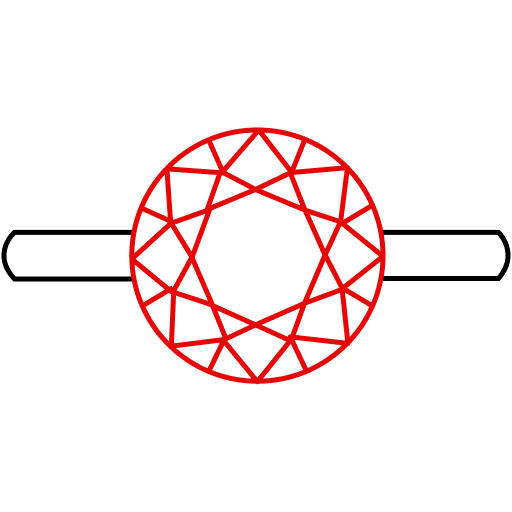
 Color Diamond Rings
Color Diamond Rings

 Lab Gemstone Rings
Lab Gemstone Rings

 Men's Rings
Men's Rings

 Round
Round

 Pear
Pear

 Oval
Oval

 Princess
Princess

 Asscher
Asscher

 Marquise
Marquise

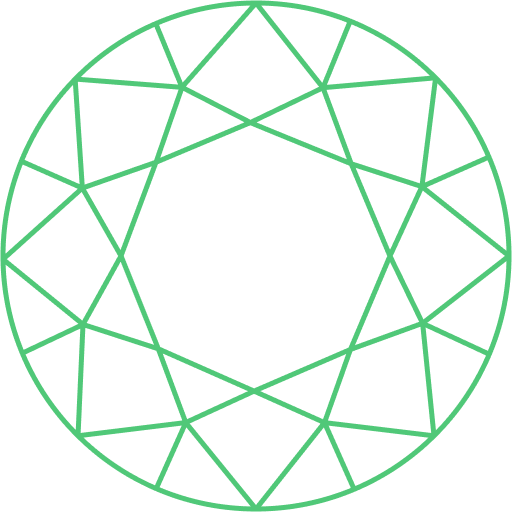 Emerald
Emerald

 Cushion
Cushion

 Radiant
Radiant

 Heart
Heart

 Old Cuts
Old Cuts

 Eternity Bands
Eternity Bands

 Dainty Bands
Dainty Bands

 Custom Bands
Custom Bands

 Men’s Bands
Men’s Bands

 Studs
Studs

 Hoops
Hoops

 Jackets
Jackets

 Dangle
Dangle

 Bridal
Bridal

 Tennis Bracelet
Tennis Bracelet

 Fashion Bracelet
Fashion Bracelet
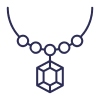
 Pendant
Pendant

 Necklace
Necklace

 Men's Jewelry
Men's Jewelry
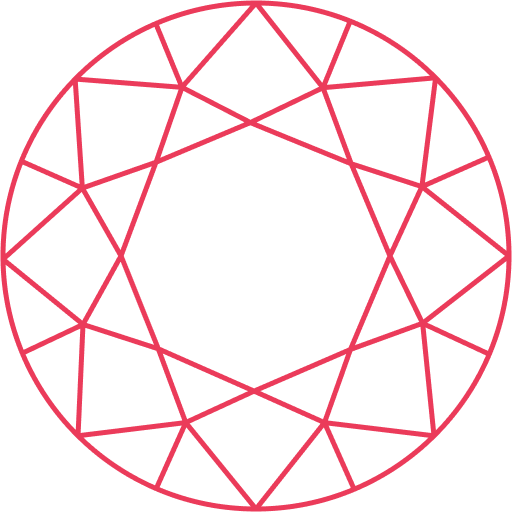
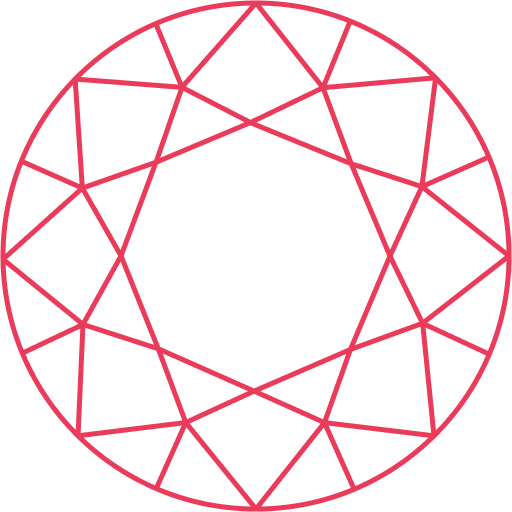 Pink
Pink

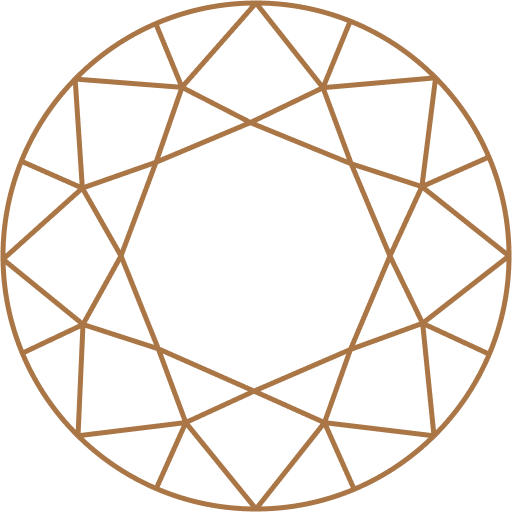 Champagne
Champagne

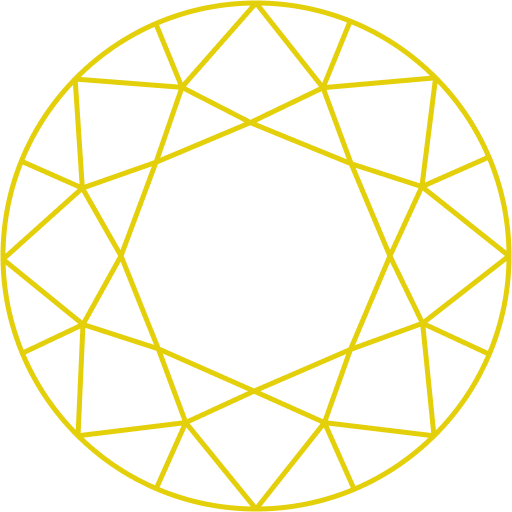 Yellow
Yellow

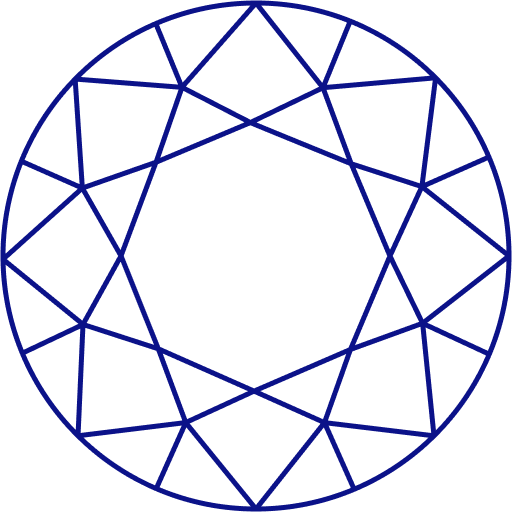 Blue
Blue

 Black
Black

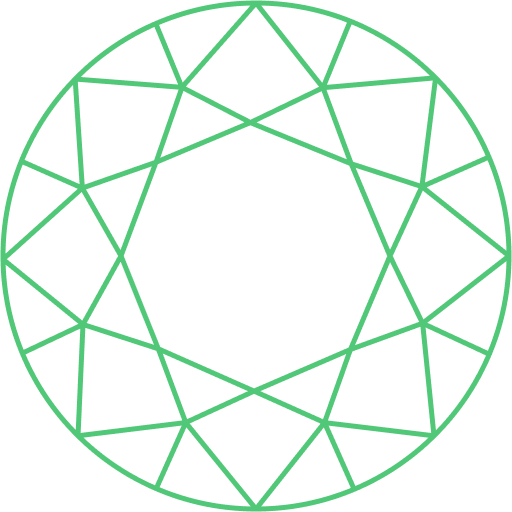 Green
Green

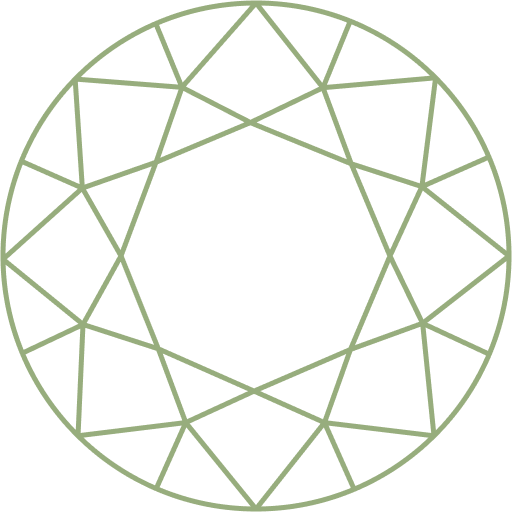 Olive
Olive

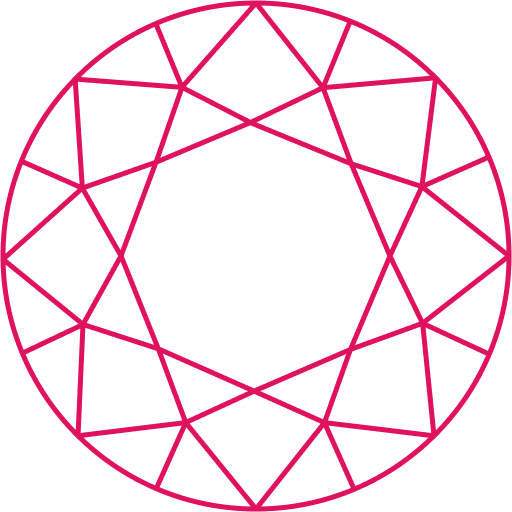 Ruby
Ruby

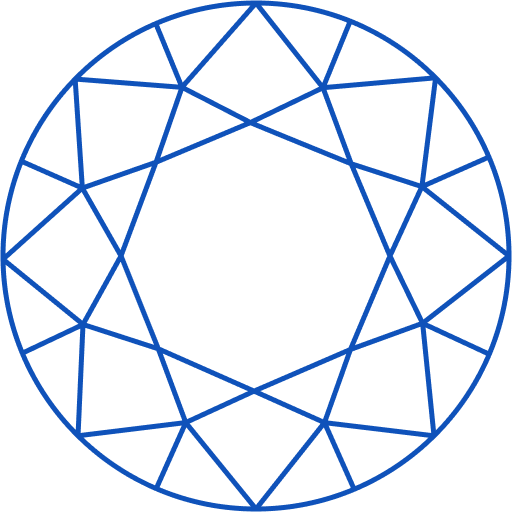 Sapphire
Sapphire

 Other Gemstone
Other Gemstone

 Old Cut Jewelry
Old Cut Jewelry

 Antique Diamond Jewelry
Antique Diamond Jewelry

 Kids Collection
Kids Collection

 Celebrity Jewelry
Celebrity Jewelry

 Old Cut
Old Cut

 Antique Cut
Antique Cut

 Matching Pair
Matching Pair

 Step Cut
Step Cut
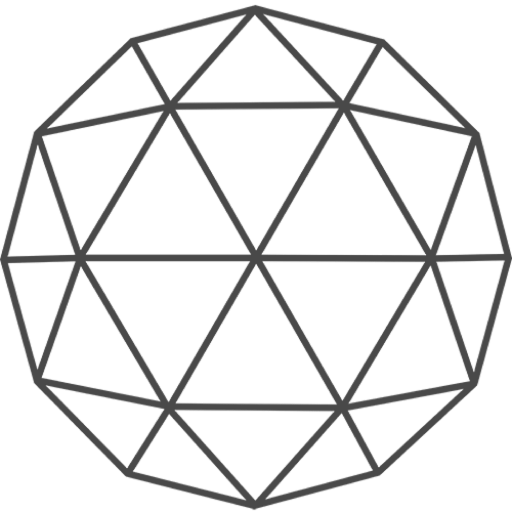
 Rose Cut
Rose Cut

 Portuguese Cut
Portuguese Cut

 Portrait Cut
Portrait Cut

 Pie Cut
Pie Cut

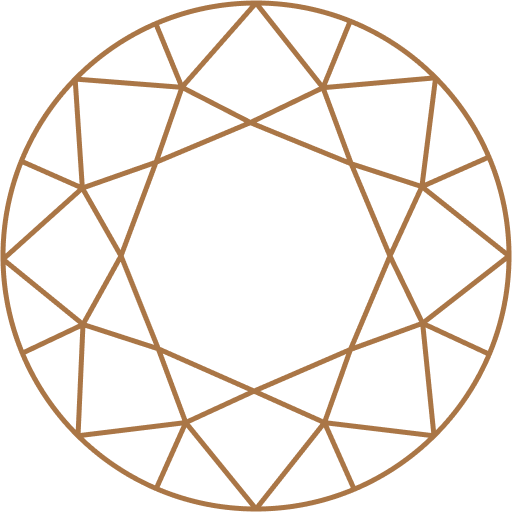 Champange
Champange

 Other
Other

 IGI-GIA Certified
IGI-GIA Certified

 8X Diamond
8X Diamond

 Ready Stocks
Ready Stocks

 OEC Round
OEC Round

 Old Mine Cushion
Old Mine Cushion

 Old Mine Moval
Old Mine Moval

 Old Mine Emerald
Old Mine Emerald

 Old Mine Asscher
Old Mine Asscher

 Old Mine Pear
Old Mine Pear

 Old Mine Heart
Old Mine Heart

 Rings
Rings

 Bands
Bands

 Earrings
Earrings

 Bracelets
Bracelets

 Anniversary Gift
Anniversary Gift

 Birthday Gift
Birthday Gift

 Gift For Her
Gift For Her

 Gift For Him
Gift For Him

 Under 300$
Under 300$

 Under 500$
Under 500$
![[Dutch Marquise Cut Solitaire Accent Diamond Ring]-[ouros jewels]](https://cdn.shopify.com/s/files/1/0527/7669/8040/files/Solitaire-Dutch-Marquise-Cut-With-Accent-Diamond-Ring_600x600_9c8686f0-281c-4908-af4c-a190adad052f_480x480.webp?v=1720254629)
![[Our Six Prong Oval Lab Grown Diamond Engagement Ring is handcrafted with VVS clarity. This solitaire ring is available in solid gold & 950 platinum. View Now!]-[ouros jewels]](https://cdn.shopify.com/s/files/1/0527/7669/8040/files/Six_Claw_Engagement_Ring_600x600_628b70da-2e63-43a7-ac9b-21ed77a254f6_480x480.webp?v=1720255260)
![[View Our Lab Grown Diamonds with our Pear Diamond Hidden Halo Engagement Ring in a 2.00 CT center stone with VS clarity and round side diamonds. Click to Shop!]-[ouros jewels]](https://cdn.shopify.com/s/files/1/0527/7669/8040/files/pear_cut_solitaire_accent_Ring_5_600x600_a240d9cf-4841-4a86-8c9d-21de83d9a504_480x480.webp?v=1720258756)




